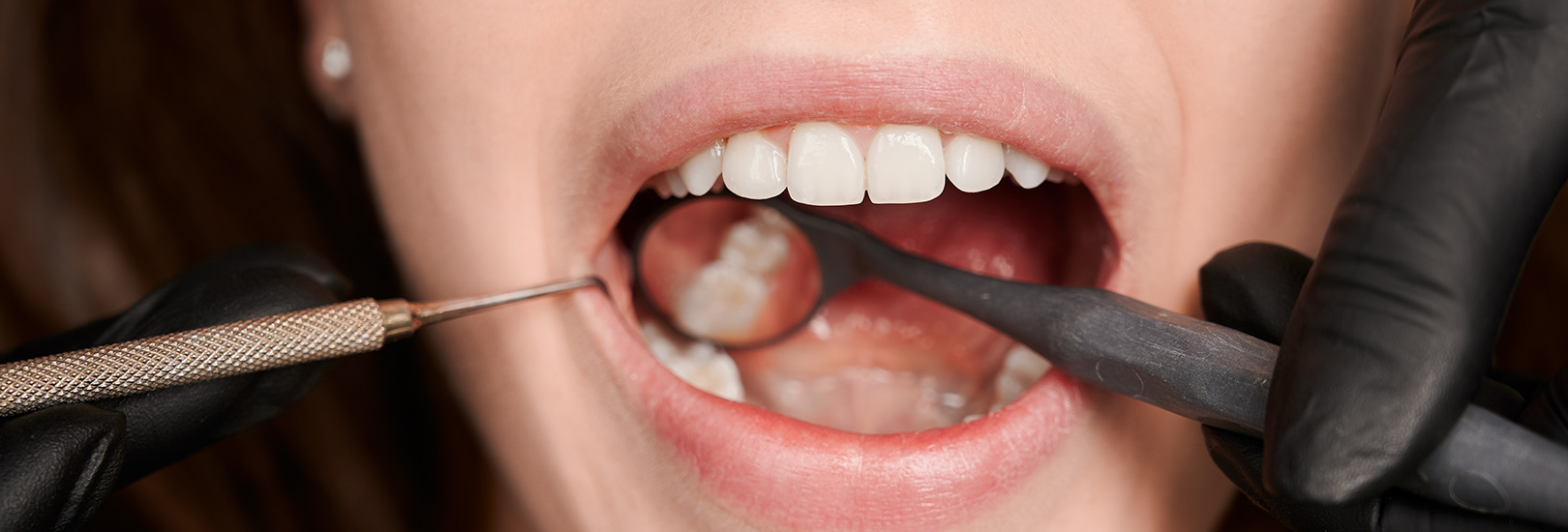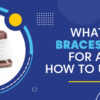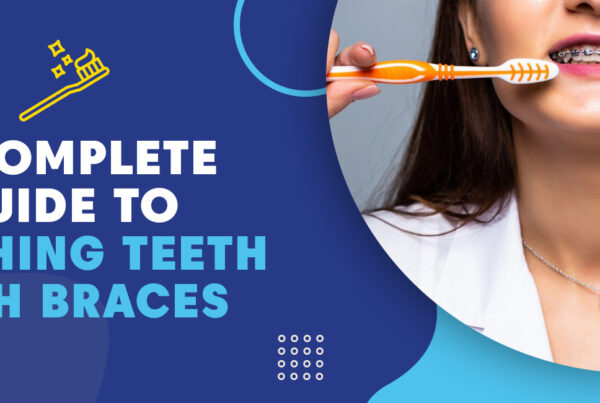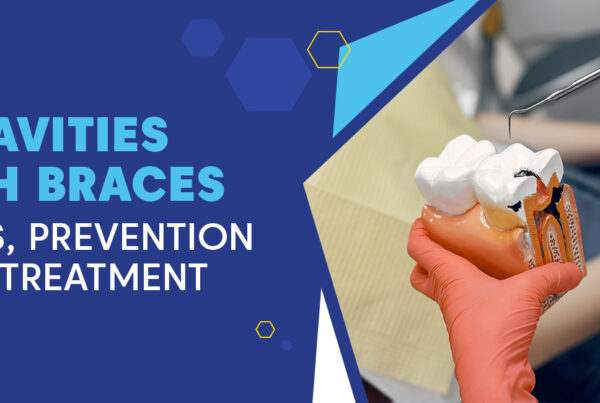If you’re considering braces, you may have heard of orthodontic spacers. Spacers are small rubber or metal rings that sit between your molars to create a small space. Orthodontic spacers are placed before brackets and wires are put on your teeth.
Spacers may be placed at your first appointment, or at a later appointment before braces are put on. You may need one spacer for each back tooth that will have a bracket. Spacers may cause some discomfort when they’re first placed, but this usually goes away within a few days as your mouth gets used to them. Keep reading for an in-depth look into spacers for braces, including how they work, the pain they may cause, and how to make the experience as comfortable as possible.
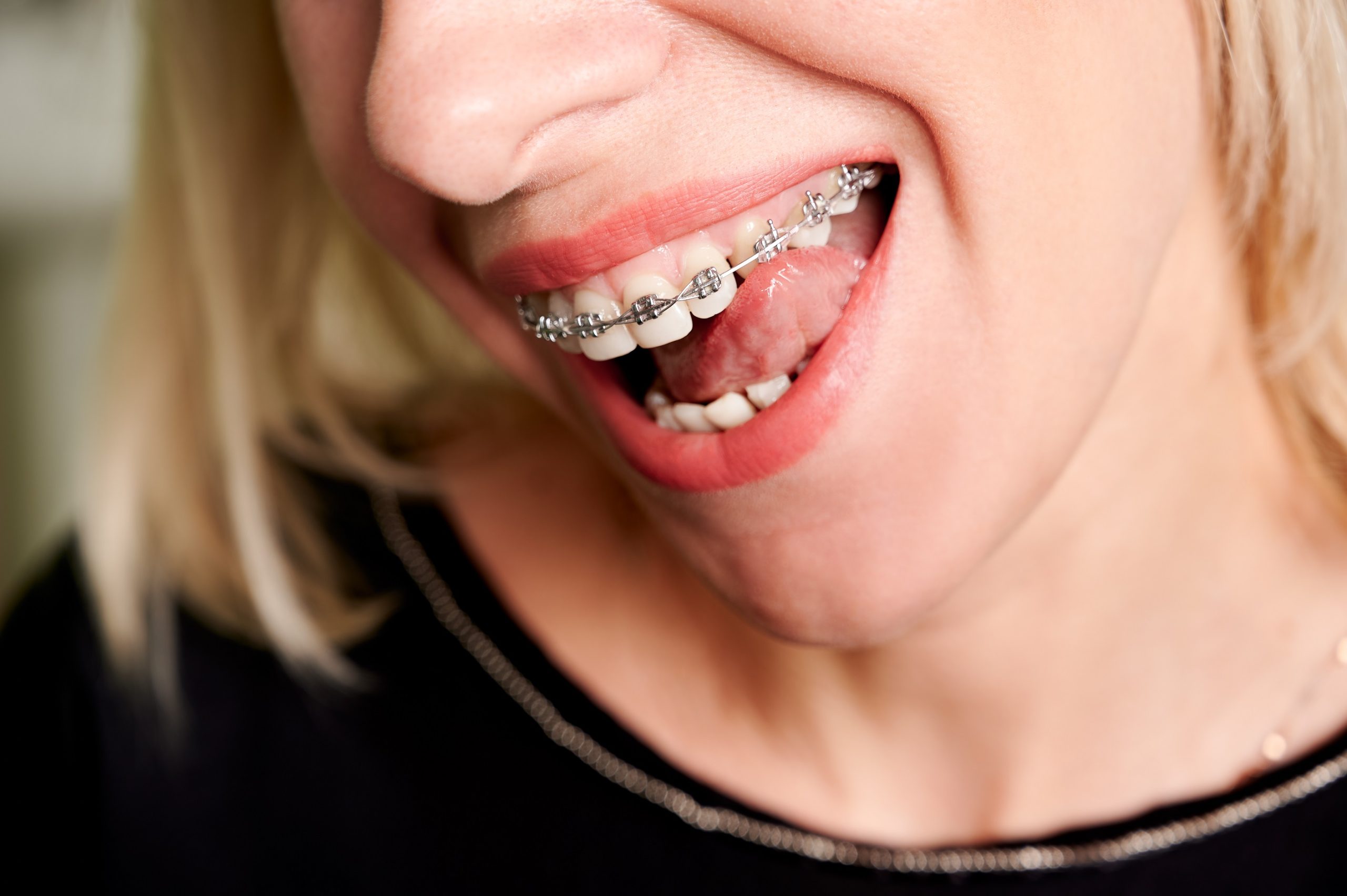
What are Spacers?
Orthodontic spacers are small separators that are placed between teeth to create a small space. This space is necessary for the placement of braces or other dental appliances. There are two types of spacers: Rubber spacers and Metal spacers.
Rubber Spacers are usually blue colored small elastic loops that slide between two back teeth in your mouth.
Metal Spacers for braces are the metal rings inserted between molars to create a little extra space between closely wedged teeth at the back. In most cases, rubber spacers are used however depending on your specific treatment and situation, your orthodontist may choose any of these spacer types. Also, the spacers are included as a part of your treatment so there are no additional costs associated with spacers.
What Do Spacers Do?
A spacer is typically used when a patient’s teeth are misaligned. These are usually placed between the molar teeth (back teeth), before molar bands are applied. However, when the spacers are applied, a patient may feel discomfort or a pressure on teeth. To reduce pain and discomfort, you can safely take over the counter medication such as pain killers or a soothing drink.
Are There Any Risks Associated with Orthodontic Spacers?
It is worth noting that there are some risks associated with orthodontic spacers. The most common complication is irritation of the gums and/or teeth. This can usually be resolved by adjusting the position of the spacer or by taking a break from wearing them. In rare cases, the spacer may need to be removed entirely. Other risks include:

- Damage to the teeth: Orthodontic spacers can occasionally damage the teeth, particularly if they are not fitted correctly.
- Infection: There is a small risk of infection associated with orthodontic spacers, as they provide a perfect breeding ground for bacteria. This risk can be reduced by ensuring that the spacers are kept clean and free from debris.
- Allergic reaction: Some people may be allergic to the materials used in orthodontic spacers, which can cause irritation and swelling. If you experience any allergies after having spacers fitted, it is important to consult your dentist or orthodontist immediately.
What Can You Eat with Spacers?
Once the spacers are fitted in your mouth, you should take care that they are not loosened between the teeth. You have to be extra careful about what you eat or drink with spacers in your mouth. Hard, sticky or gummy food can potentially damage them and pull them out while soft food will be gentle on them without dislodging them. As flossing can’t be done with spacers, you should avoid food that gets stuck between the teeth.
Food to Eat with Spacers
- Yogurt
- Oatmeal
- Applesauce
- Mashed potatoes
- Smoothies (blend in fruit and veggies for a healthy, soft meal)
- Protein shakes
- Soup
- Steamed veggies, chopped into small pieces
- Meat cut off the bone in small pieces
Foods to Avoid with Spacers
- Gum or gummy candy
- Hard or sticky candy like toffee
- Popcorn or anything that can get stuck in your teeth and loosen the spacers
- Pretzels, nuts, any other hard and crunchy foods
- Smoothies (blend in fruit and veggies for a healthy, soft meal
- Chewing ice
Tips on Maintaining your Spacers
While getting your spacers, you may experience some discomfort and pain. This is normal and should go away after a few days.
The best way to make sure the spacers do their job is to keep them clean. Here’s how you can keep them in their best condition:

- Brush your teeth twice daily with soft-bristled brush.
- Use a water pick or an interdental brush to clean around the spacers.
- Watch what you eat while wearing braces and spacers.
- Don’t miss out on your dental appointments.
Conclusion:
Orthodontic spacers are an important part of the process of getting braces. They provide room for teeth to move into their proper positions and ensure that your orthodontist can properly adjust your braces. While they can cause a bit of discomfort, knowing how they work and how to manage any pain that comes with it can make the entire experience much easier. If you have any questions or concerns about this part of your treatment, be sure to talk to your orthodontist – they’ll be able to help you out!


